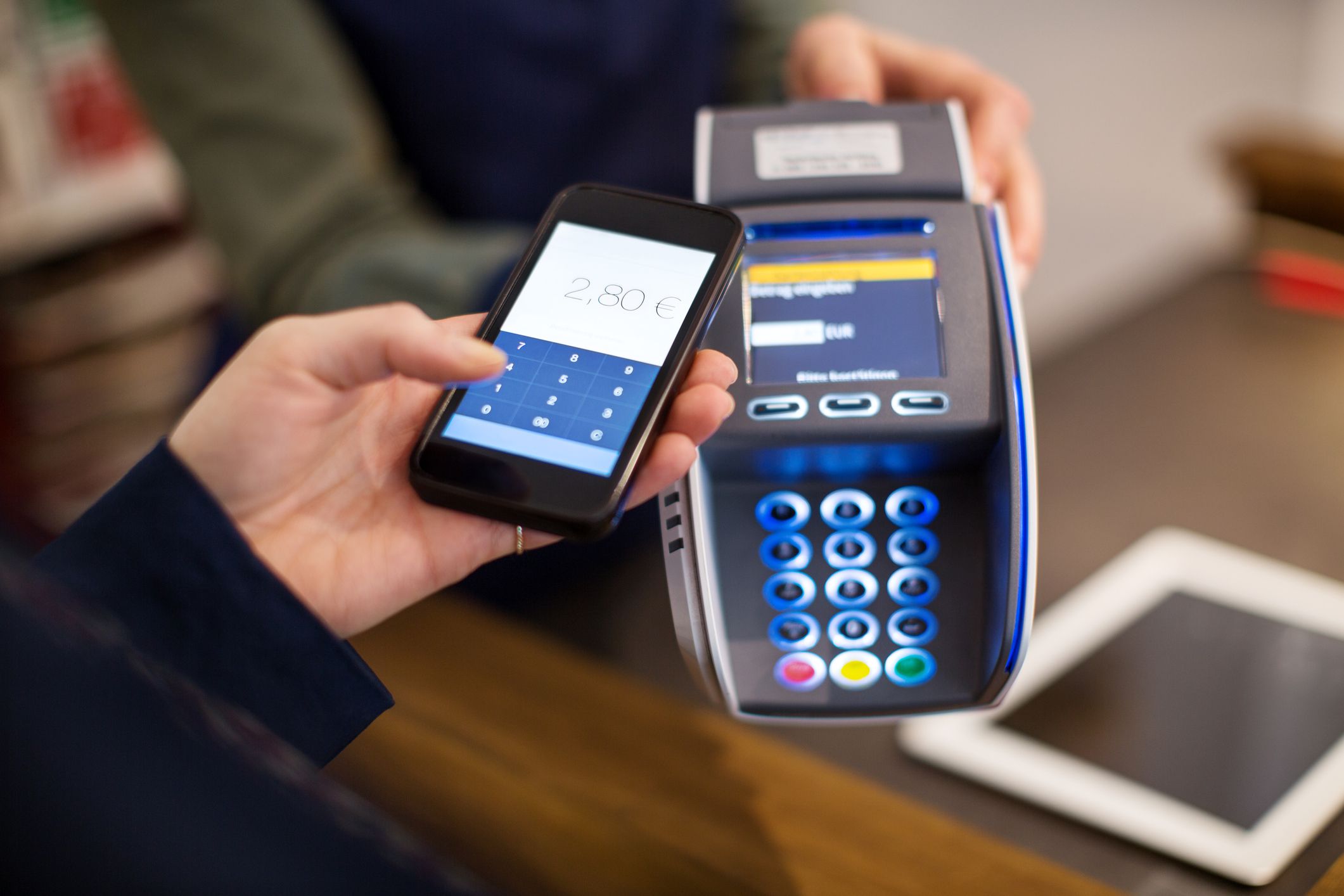IMARC Group, a leading market research company, has recently releases report titled “Near Field Communication Market: Global Industry Trends, Share, Size, Growth, Opportunity and Forecast 2023-2028.” The study provides a detailed analysis of the industry, including the global near field communication market share, growth, size, trends, and forecasts. The report also includes competitor and regional analysis and highlights the latest advancements in the market.
Industry Overview of Near Field Communication Market
Near-field communication (NFC) is a wireless technology that enables short-range communication between two devices using a low-power protocol. NFC devices include tags, integrated circuits (ICs), SIM cards, and readers. NFC is utilized in various devices such as smartphones, tablets, laptops, wearables, cameras, and printers. It is used for marketing, payment transactions, ticketing, and gaming applications. NFC facilitates faster and more convenient payment transactions, offering versatility and seamless communication between devices. Consequently, it finds widespread applications across multiple sectors, such as retail, transportation, automotive, healthcare, hospitality, consumer electronics, banking, financial services, and insurance (BFSI), etc.
How Big Is the Near Field Communication Market?
The global near field communication (NFC) market size reached US$ 22.4 Billion in 2022. Looking forward, IMARC Group expects the market to reach US$ 36.6 Billion by 2028, exhibiting a growth rate (CAGR) of 7.03% during 2023-2028.
Global Industry Trends and Drivers:
The growth of the global near-field communication (NFC) market is primarily driven by the elevating adoption of contactless payment and information systems. Moreover, the expanding integration of machine learning (ML) with NFC in retail marketing to improve customer engagement and facilitate personalized shopping experiences by providing detailed product information, demos and addressing queries is acting as another significant growth-inducing factor. Apart from this, the rising demand for smartphones equipped with NFC technology, enabling easier and faster mobile transactions, is also positively influencing the market growth. Additionally, the introduction of NFC-enabled smart posters, boarding passes, and sensors is further catalyzing the global market. Besides this, the emerging trend of integrating NFC-compatible smart wearables with the Internet of Things (IoT), the launch of several favorable government initiatives aimed at promoting cashless economies, and the inflating expenditure in extensive research and development (R&D) activities by leading market players are expected to fuel the near-field communication (NFC) market in the coming years.
What Is Included In Market Segmentation?
The report has been segmented the market into following categories:
Breakup by Offering:
- Non-Auxiliary Products
- NFC ICS and Antennas
- NFC Tags
- NFC Readers
- Auxiliary Products
- NFC Micro Sd Cards
- NFC SIM/UICC Cards
- NFC Covers
- Software
Breakup by Operating Mode:
- Read and Write Mode
- Peer-To-Peer Mode
- Card Emulation Mode
Breakup by End User:
- Retail
- Transportation
- Automotive
- Residential and Commercial
- Medical and Healthcare
- Consumer Electronics
- Banking and Finance
- Hospitality
- Others
Breakup by Region:
- North America
- United States
- Canada
- Asia-Pacific
- China
- Japan
- India
- South Korea
- Australia
- Indonesia
- Others
- Europe
- Germany
- France
- United Kingdom
- Italy
- Spain
- Russia
- Others
- Latin America
- Brazil
- Mexico
- Others
- Middle East and Africa
The report provides a comprehensive analysis of the industry key players listed below:
Avery Dennison Corporation, Broadcom Inc., Hid Global Corporation (Assa Abloy AB), Identiv Inc., Infineon Technologies AG, Magtek Inc., NXP Semiconductors N.V., Samsung Electronics Co. Ltd., Sony Group Corporation, STMicroelectronics, Texas Instruments Incorporated and Thales Group.





